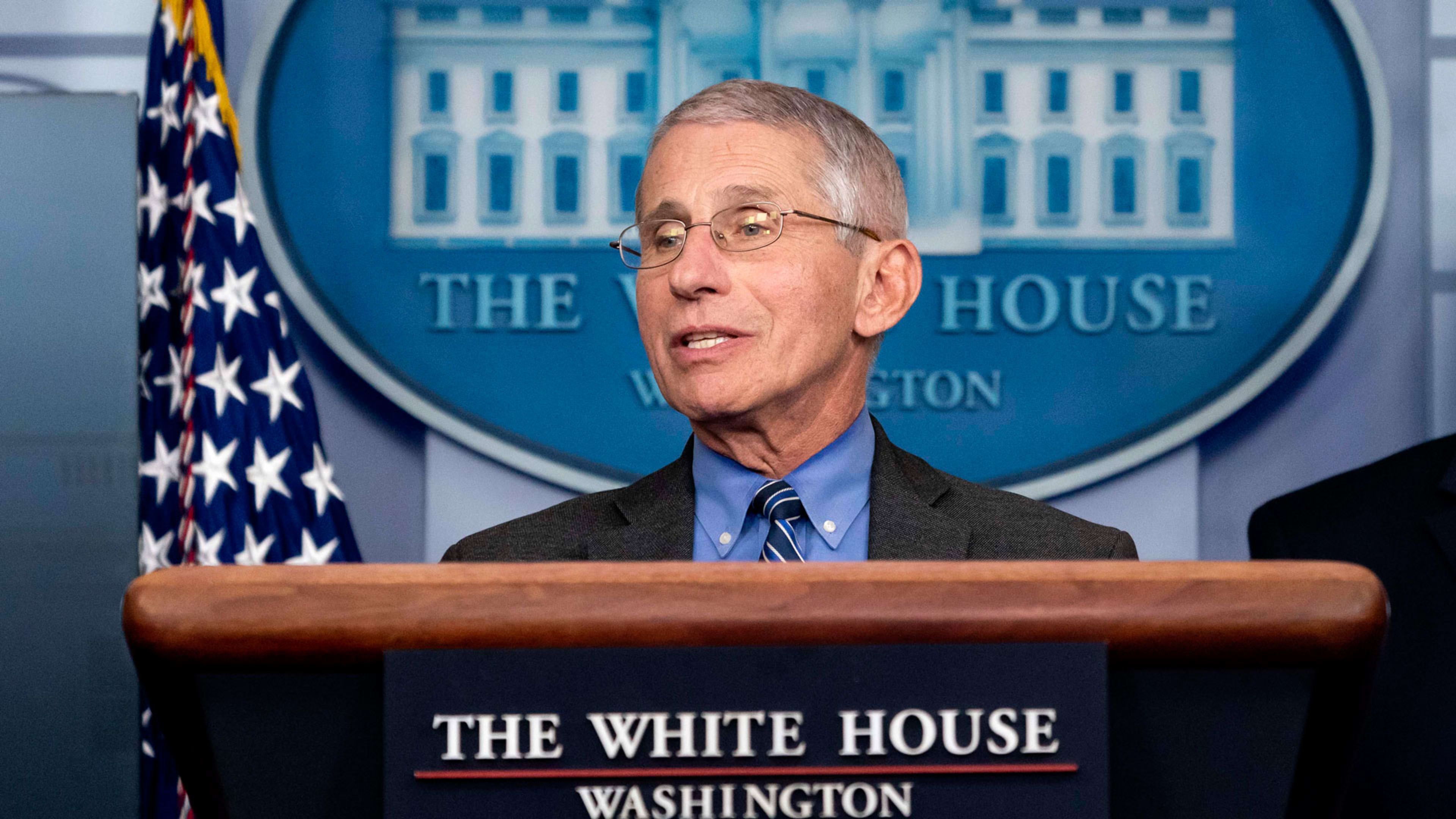The world as we’ve known it has changed—and that’s as true for business as any other sector of our society. And while a fair amount of conversation has centered around the timing of when we will get back to work, little has focused on how. We now need to consider and tackle the challenges businesses will face when people begin the return to work or potentially encounter complex legal, regulatory, and HR hurdles.
First, let’s assume that certain things will have already happened when returning to work begins. There is an emerging consensus that relaxing “social distancing” will depend on three factors: dramatically scaling up testing and related monitoring; a sustained decline in new COVID-19 cases; and an easing of the burden on healthcare resources.
OK, then what? As Dr. Anthony Fauci said at an April 6 White House briefing, we cannot expect to return to a pre-COVID-19 world, at least until a vaccine can protect the entire population. Among the many adjustments that business will need to make, some of the most important will be how they deal with their own employees. Those challenges fall primarily into three categories:
Complexity and confusion
Recovery will come to different countries, and to different regions of large countries, at different times. Moreover, in the U.S. at least, governors and local health authorities have the ultimate authority. All this leads to a complex patchwork of laws and regulations. To manage it, my company, and likely many others, maintains a constantly changing spreadsheet available to all employees that monitors the restriction and other factors in each place where we have an office. That need will continue. Also, we have already seen how attitudes about the virus and social distancing are often shaped by a political filter, and that will only intensify in an election year. To depoliticize decision-making, appoint a well-regarded medical team or individual physician as a senior adviser; every chief executive will want their own Dr. Fauci.
Workplace safety and health
While social distancing requirements may be eased, it is unlikely they will be eliminated. Workers will expect, and local authorities may require, changes to your physical setup. Where remote work has been an option, you may find it better to continue. Where it is not, you may need to reconfigure your workspaces. If you don’t start designing that now, you may not be able to open up when the time comes.
Related: A lonely time to be a leader
Some have already suggested that employers will want to screen employees to see if they carry antibodies to the coronavirus (and may therefore be presumed immune), as well as daily screening of workers (via thermography or rapid tests) to screen out those who may be infected. While this would be impossible now, let’s assume that testing for both the virus and its antibodies will be far more widespread by the time we go back to work, and that doctors will know more about the degree and length of immunity the antibodies confer. Still, employer screening carries a host of potential privacy and liability problems. One way to start working through these issues right now is to assemble an advisory group that includes doctors, lawyers, and HR experts with experience in infectious disease, public health, and mental health. Which leads to the third category:
Employee fear and anxiety
Because the virus will not have been fully vanquished and history teaches that pandemics often have a second wave, most of us will be anxious about the continuing potential for infection. Beyond the medical anxieties lie others: If daycare centers and/or schools are not yet fully open, parents will need to care for at-home children. Employees who have gone weeks or months without pay will likely be facing serious financial hardship and may have a spouse or partner who is still unemployed, all of which can take a huge psychological toll.
Employers will need to deal sensitively and realistically with these issues. That will likely mean continued flexibility about travel and remote working, provision of counseling and related employee assistance programs, flexible approaches to leave policies that allow individuals to care for sick family members, and more. It will be tempting to limit some accommodations to those in “high-risk” groups, but we have learned that COVID-19 can cause serious illness to those of almost any age and level of health.
We will owe good answers to millions of people who right now are working hard through this nightmare, some at risk to their lives. Others are enduring layoffs and great hardship. When the time comes to return to work, they deserve smart, well-considered, and easily understood policies.
One thing is clear: We will not be able to return to the way things were. The time for all of us to think about what that new world should look like is now.
Bob Feldman is vice chair of ICF Next, a global consulting firm focused on marketing, communications, and associated technologies.
Recognize your brand’s excellence by applying to this year’s Brands That Matter Awards before the early-rate deadline, May 3.
